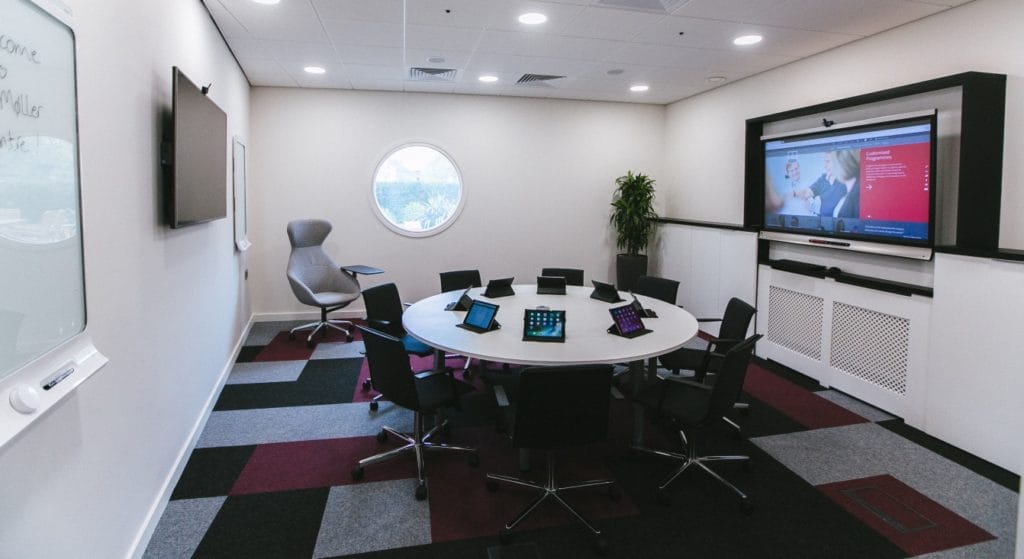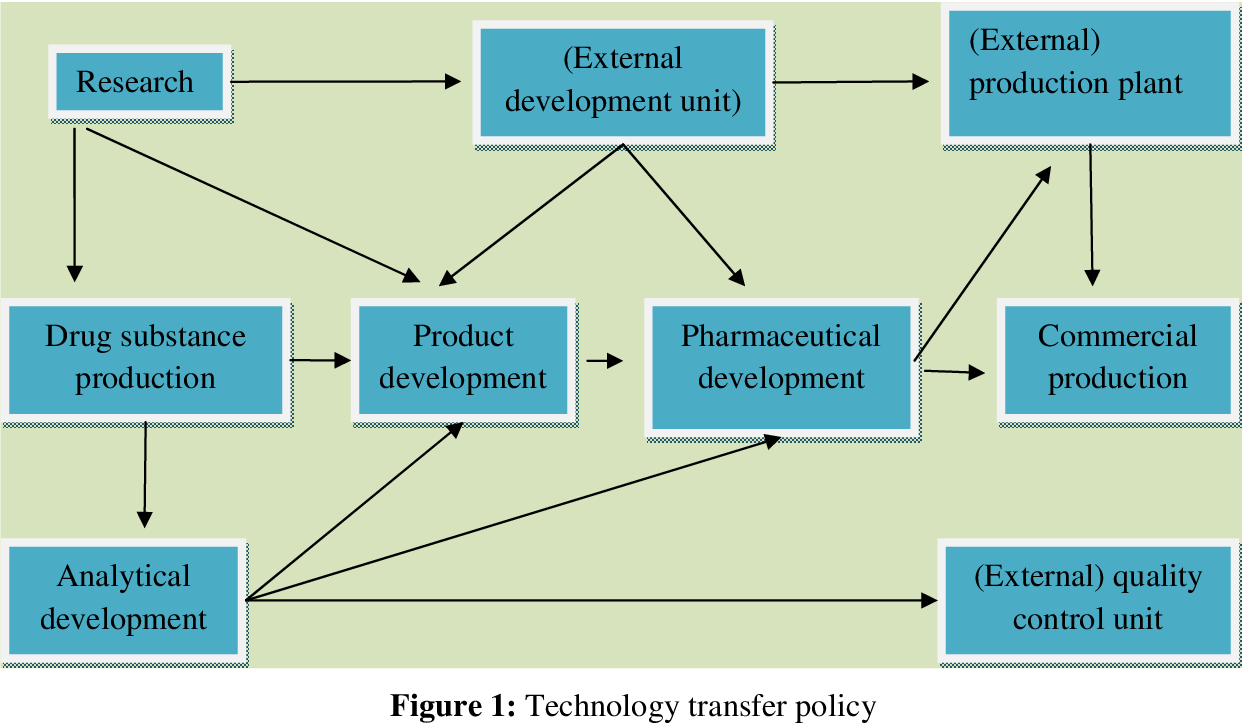Technology Sound Effects: Shaping Our Digital World
Technology sound effects, the sonic signature of our digital age, have become an integral part of our daily lives. From the familiar “ding” of a notification to the immersive soundscapes […]

Technology sound effects, the sonic signature of our digital age, have become an integral part of our daily lives. From the familiar “ding” of a notification to the immersive soundscapes of video games, these audio cues shape our perception and interaction with technology.
This exploration delves into the fascinating history, diverse types, and profound impact of technology sound effects, examining how they enhance storytelling, influence culture, and ultimately, define our relationship with the digital realm.
The Evolution of Technology Sound Effects
Technology sound effects have evolved significantly over the years, mirroring the advancements in technology itself. From the early days of radio and film to the immersive worlds of video games and virtual reality, the sounds we associate with technology have become increasingly sophisticated and realistic. This evolution has been driven by creative visionaries, technological breakthroughs, and a desire to enhance the user experience.
Early Innovations in Sound Design
The earliest technology sound effects were often created using simple methods, such as manipulating recordings of everyday objects. For example, the sound of a spaceship might have been achieved by recording a train or a car, then manipulating the speed and pitch. These early efforts laid the foundation for the development of more complex and nuanced sound effects.
- The use of Foley artists: Foley artists were instrumental in creating realistic sound effects for early films and radio programs. They used a variety of objects and techniques to mimic the sounds of everyday activities, such as footsteps, doors opening, and objects falling. These sounds added realism and depth to the storytelling, captivating audiences and setting the stage for future innovations.
- The rise of electronic sound effects: The development of electronic equipment, such as synthesizers and tape recorders, opened up new possibilities for sound design. These devices allowed sound designers to create unique and abstract sounds that were not possible with traditional methods.
- The influence of science fiction: Science fiction films and television shows, such as “Star Wars” and “Star Trek,” played a significant role in shaping the sound of technology. These works often featured futuristic and otherworldly sounds that captured the imagination of audiences and inspired future generations of sound designers.
Types of Technology Sound Effects
Technology sound effects are an essential part of the audio landscape, creating an immersive and engaging experience for users. They are meticulously designed to evoke specific emotions, convey information, and enhance the overall user experience. Understanding the various types of technology sound effects and their applications is crucial for sound designers and developers alike.
Computer Interface Sounds
Computer interfaces, ranging from operating systems to applications, rely heavily on sound effects to provide feedback and guide users. These sounds are often subtle yet effective, indicating actions, errors, or transitions.
- Click Sounds: These ubiquitous sounds, typically short and sharp, signify button presses or selections. They provide immediate feedback, confirming user actions. Click sounds are often designed to be clear and distinct, ensuring users can easily perceive them.
- Notification Sounds: These sounds alert users to new messages, updates, or events. They are often more melodic or rhythmic than click sounds, attracting attention without being intrusive.
- Error Sounds: These sounds, usually short and jarring, signal an error or failure. They warn users of potential problems and encourage them to take corrective action.
Gadget Sounds
Gadgets, from smartphones to smartwatches, employ a variety of sounds to enhance their functionality and user experience. These sounds often convey specific actions, such as notifications, calls, and charging.
- Ring Tones: These sounds alert users to incoming calls. They are often personalized, reflecting individual preferences. Ring tones can be melodic, rhythmic, or even humorous.
- Notification Sounds: These sounds alert users to messages, emails, or other events. They are typically short and distinctive, ensuring they are easily recognizable. Notification sounds can be customized to suit different situations, such as work or leisure.
- Camera Shutter Sounds: These sounds, often short and sharp, signify the capture of a photo or video. They provide immediate feedback and confirm the action. Camera shutter sounds are often designed to be satisfying, reflecting the act of capturing a moment.
Communication Device Sounds
Communication devices, such as phones, headsets, and intercoms, rely heavily on sound effects to facilitate clear and efficient communication. These sounds are often designed to be clear and distinct, ensuring users can easily perceive them.
- Dial Tone: This continuous tone, often a high-pitched hum, indicates a phone line is ready for dialing. It signals the start of a call and provides a sense of connection.
- Ringing Tone: This intermittent tone, often a melodic sequence, indicates an incoming call. It alerts the recipient and provides a sense of anticipation.
- Busy Tone: This continuous tone, often a rapid series of beeps, indicates the recipient is already on another call. It informs the caller of the unavailability of the recipient and encourages them to try again later.
Technology Sound Effects Table
| Type of Sound Effect | Associated Device | Typical Uses |
|---|---|---|
| Click Sound | Computer Interface | Button presses, selections, confirmations |
| Notification Sound | Smartphone, Computer | Alerts, updates, new messages |
| Error Sound | Computer Interface | Warnings, errors, failures |
| Ring Tone | Smartphone | Incoming calls |
| Camera Shutter Sound | Camera, Smartphone | Photo or video capture |
| Dial Tone | Phone | Line ready for dialing |
| Ringing Tone | Phone | Incoming call |
| Busy Tone | Phone | Recipient unavailable |
The Role of Technology Sound Effects in Storytelling
Technology sound effects are not just aural embellishments; they are crucial elements that can elevate storytelling to new heights. They are the sonic building blocks that shape the emotional landscape of a narrative, adding depth, realism, and a captivating layer of immersion for audiences.
The Power of Atmosphere and Tension
Technology sound effects play a vital role in setting the mood and atmosphere of a story. They can create a sense of wonder, anticipation, or even dread. For instance, the whirring of a futuristic spaceship engine can evoke a sense of awe and excitement, while the static of a malfunctioning device can generate tension and suspense.
- In the sci-fi film “Blade Runner,” the use of ambient sounds like the hum of neon lights, the rumble of hovercars, and the dripping of water in the rain-soaked city creates a dystopian and unsettling atmosphere.
- In the horror video game “Silent Hill,” the eerie sounds of machinery, dripping water, and distorted voices contribute to the game’s chilling and psychological horror.
Enhancing Storytelling Through Sound
Sound effects can also be used to convey emotions, highlight key moments, and establish character relationships.
- The sound of a phone ringing can signal a pivotal moment in a story, signifying an incoming call that could change the course of events.
- The click of a keyboard can suggest a character’s frustration or determination, depending on the context and how the sound is used.
- The rhythmic tapping of a Morse code message can create a sense of mystery and urgency, while the bleeps and bloops of a computer interface can suggest a character’s technical prowess or their struggle to navigate a complex system.
Immersive Sound Design, Technology sound effects
Movies, video games, and other media leverage technology sound effects to immerse audiences in the narrative.
- In the action film “The Matrix,” the distinctive sound of bullets whizzing past and the metallic clang of Neo’s punches against Agent Smith contribute to the film’s exhilarating and visually stunning fight sequences.
- In the video game “Grand Theft Auto V,” the roar of engines, the screech of tires, and the cacophony of city noises create a realistic and immersive open-world experience.
- In the interactive fiction game “Firewatch,” the crackling of a campfire, the rustling of leaves, and the distant echoes of wildlife create a sense of isolation and tranquility, highlighting the game’s themes of loneliness and connection.
Creating Technology Sound Effects
Crafting convincing technology sound effects requires a blend of technical expertise, artistic sensibility, and a deep understanding of the subject matter. Sound designers employ a variety of tools and techniques to capture the essence of electronic devices, from the hum of a server to the whir of a hard drive.
Tools and Techniques for Creating Technology Sound Effects
Sound designers utilize a diverse range of tools and techniques to create realistic and evocative technology sound effects. These tools can be broadly categorized into hardware, software, and sound design principles.
Hardware
Hardware plays a crucial role in capturing and manipulating sounds.
- Microphones: High-quality microphones are essential for recording the subtle nuances of electronic devices. Different types of microphones, such as condenser, dynamic, and ribbon microphones, are chosen based on the specific sound being captured.
- Audio Interfaces: Audio interfaces connect microphones and other instruments to computers, allowing for high-fidelity audio recording and playback.
- Synthesizers: Synthesizers generate electronic sounds and are often used to create unique and futuristic sounds for technology effects.
- Samplers: Samplers allow sound designers to record and manipulate real-world sounds, which can then be used as building blocks for more complex effects.
Software
Software provides the tools for manipulating and processing audio signals.
- Digital Audio Workstations (DAWs): DAWs are powerful software programs that offer a comprehensive suite of tools for recording, editing, mixing, and mastering audio. Popular DAWs include Pro Tools, Logic Pro, and Ableton Live.
- Audio Plugins: Plugins are software modules that add specific effects, such as reverb, delay, distortion, and equalization, to audio signals.
- Sound Libraries: Sound libraries offer a vast collection of pre-recorded sounds, including technology sound effects, which can be used as starting points or inspiration for creating custom effects.
Sound Design Principles
Sound design principles guide the creative process of shaping and manipulating sounds.
- Sound Texture: Technology sound effects often feature unique textures, such as the metallic clinking of a hard drive or the static crackle of a radio signal. These textures contribute to the overall realism and believability of the sound.
- Pitch and Frequency: The pitch and frequency of a sound can evoke different emotions and sensations. For example, a high-pitched, piercing sound might suggest a malfunctioning device, while a low-pitched, rumbling sound could convey power and stability.
- Dynamics and Amplitude: The dynamics and amplitude of a sound refer to its volume and the variations in volume over time. These elements can be used to create a sense of urgency, excitement, or even fear.
- Timbre and Tone Color: The timbre or tone color of a sound refers to its unique sonic characteristics, which can be manipulated to create different moods and atmospheres.
Designing a Technology Sound Effect
The process of designing a technology sound effect involves a series of steps, each guided by the desired outcome and the specific characteristics of the technology being represented.
Step 1: Conceptualization
The first step is to develop a clear understanding of the technology and the sound it should evoke. What is the device or system? What are its functions? What emotions or sensations should the sound convey?
Step 2: Sound Gathering and Recording
The next step involves gathering and recording sounds that can be used as building blocks for the final effect. This might involve recording real-world sounds of the technology in question, or using existing sound libraries or synthesizers to generate similar sounds.
Step 3: Sound Manipulation and Processing
Once the raw sounds have been gathered, they can be manipulated and processed using various techniques. This might involve cutting, pasting, layering, filtering, and applying effects to create the desired sound.
Step 4: Refinement and Iteration
The final step involves refining and iterating on the sound until it meets the desired criteria. This might involve adjusting the pitch, dynamics, timbre, and other parameters to create a sound that is both realistic and emotionally impactful.
The Impact of Technology Sound Effects on Culture
The ubiquitous nature of technology in modern society has led to a profound influence of technology sound effects on popular culture and consumer behavior. These sounds have become ingrained in our collective consciousness, shaping our perceptions and influencing our interactions with the digital world.
The Evolution of Iconic Technology Sounds
The evolution of technology sound effects reflects the changing landscape of technology itself. Early computer sounds, often simple beeps and tones, have evolved into complex and nuanced audio cues that enhance user experience and convey specific meanings.
- The “Startup Chime”: The iconic startup sound of Apple computers, a simple yet distinctive chime, has become synonymous with the brand and evokes feelings of excitement and anticipation. It has transcended its original purpose and has been incorporated into popular culture, appearing in films, TV shows, and even music.
- The “Windows Startup Sound”: The Windows startup sound, a series of ascending tones, is instantly recognizable and has become a cultural touchstone, often used in comedic contexts. It is a reminder of the widespread adoption of Microsoft operating systems and its impact on personal computing.
- The “Nokia Ringtone”: The distinctive “Nokia Tune,” a simple melody played on a xylophone, was once the most popular ringtone in the world. It became a cultural phenomenon, reflecting the dominance of Nokia in the mobile phone market and the rise of mobile technology.
The Role of Technology Sounds in Brand Identity
Technology sound effects play a crucial role in shaping brand identity and consumer perception. Brands carefully craft their sound signatures to evoke specific emotions and associations.
- The “Intel Inside” Sound: The “Intel Inside” jingle, a catchy and memorable melody, is a prime example of how sound can effectively communicate a brand message. It reinforces the association of Intel processors with quality and performance.
- The “iPhone Unlock Sound”: The iPhone unlock sound, a short, satisfying chirp, has become synonymous with the brand’s sleek and intuitive user experience. It is a subtle yet powerful reminder of the brand’s design ethos.
- The “Amazon Alexa Wake Word”: The “Alexa” wake word, a clear and distinct voice command, is a key element in Amazon’s smart home ecosystem. It represents the convenience and accessibility of voice-controlled technology.
The Impact of Technology Sounds on User Experience
Technology sound effects can significantly influence user experience by providing feedback, enhancing engagement, and creating a sense of familiarity.
- Feedback and Confirmation: Sounds are often used to provide feedback on user actions, such as the “click” sound when a button is pressed or the “ding” sound when a message is received. These sounds offer a sense of confirmation and reassurance, making the user experience more intuitive and satisfying.
- Engagement and Attention: Technology sounds can be used to grab user attention and promote engagement. For example, the use of sound effects in video games can enhance the immersive experience and create a sense of excitement.
- Familiarity and Comfort: Familiar sounds can create a sense of comfort and familiarity, making technology feel less intimidating and more approachable. The consistent use of certain sounds across different devices and platforms helps to build a sense of trust and recognition.
Concluding Remarks

As technology continues to evolve, so too will the sounds that accompany it. From the minimalist beeps and boops of early computers to the complex and nuanced soundscapes of virtual reality, technology sound effects serve as a powerful tool for communication, immersion, and cultural expression. They are a testament to the creative ingenuity of sound designers and a reflection of our ever-evolving relationship with the digital world.
Technology sound effects are often used to create a sense of realism and immersion, and these sounds can be incredibly diverse. From the whirring of a spaceship engine to the clanging of metal on metal, sound effects can transport us to different worlds.
A great example of this is the use of metallic sounds in video games, which often draw inspiration from the world of metals technologies , capturing the unique qualities of different alloys and processes. The carefully crafted sound of a metal door slamming shut or the satisfying clang of a sword hitting a shield can add a whole new dimension to the gaming experience.









